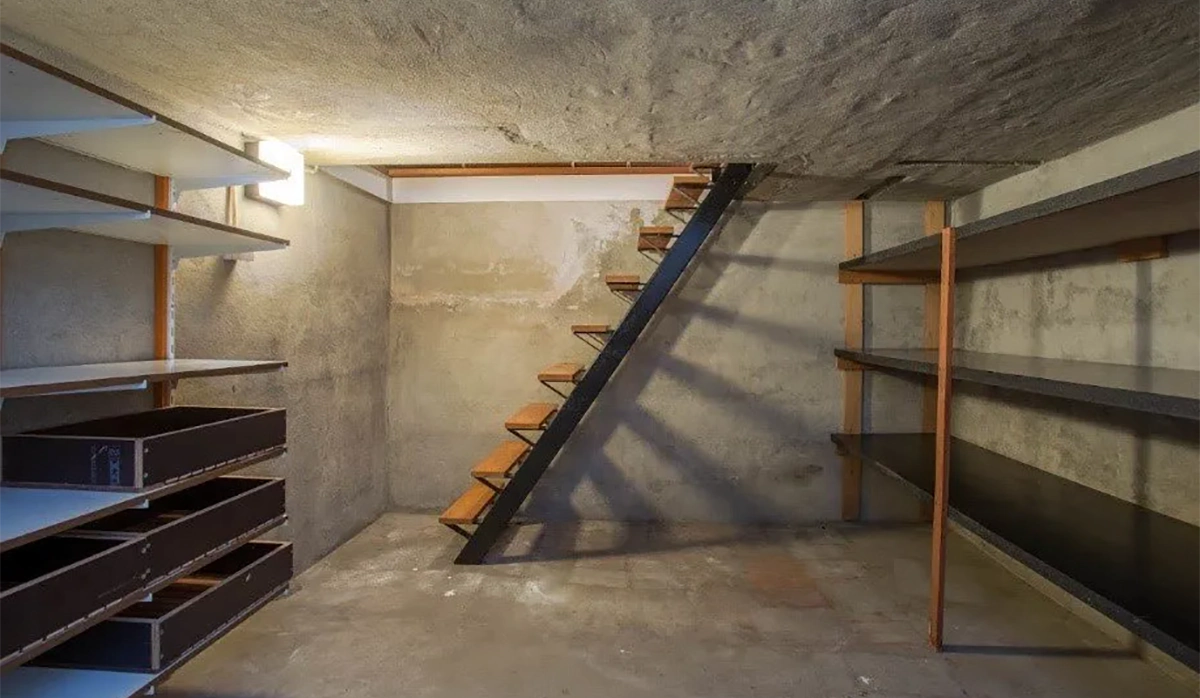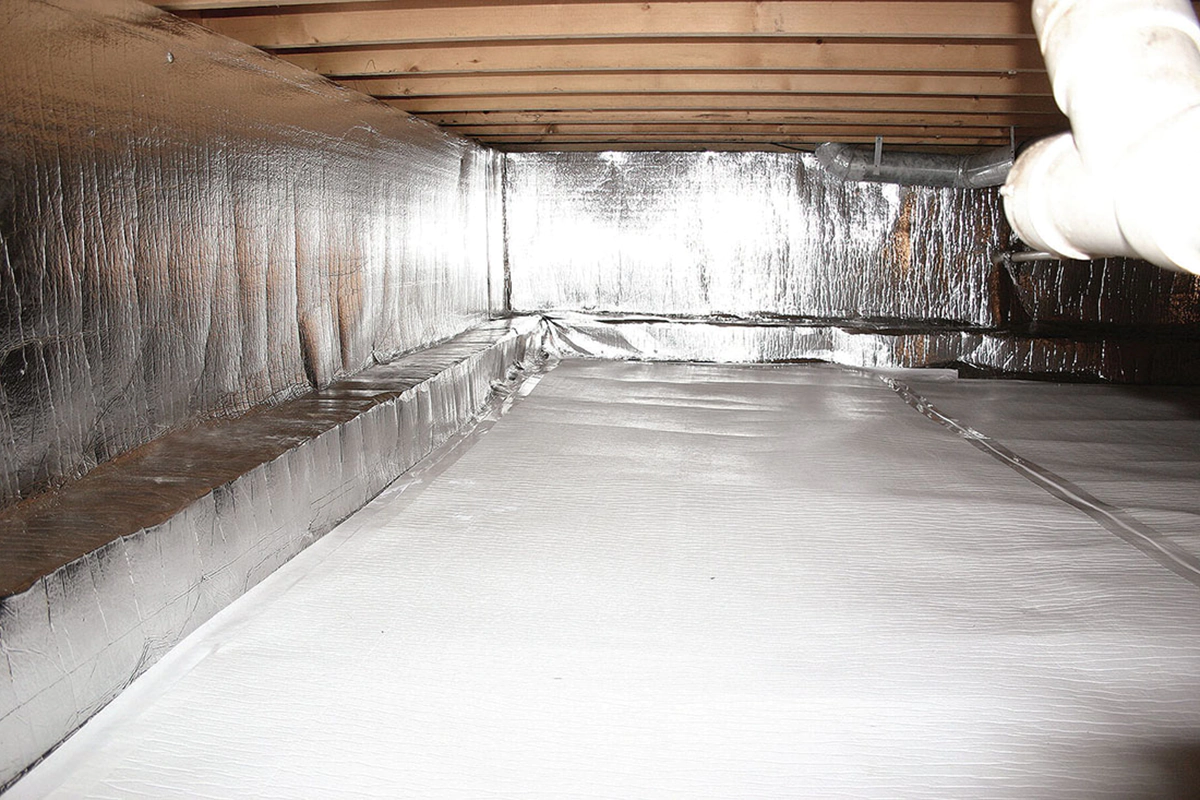Effects of Moisture on Indoor Environments
Excess moisture in homes and buildings significantly impacts indoor air quality. When humidity levels rise, it creates a breeding ground for mold, mildew, and bacteria. These contaminants contribute to respiratory issues, allergies, and unpleasant odors.
Common issues caused by moisture include:
- Mold and mildew growth – Produces airborne spores that trigger allergies and asthma.
- Increased humidity – Leads to condensation on walls and ceilings, encouraging mold formation.
- Structural damage – Weakens walls, ceilings, and floors, affecting indoor air quality by releasing dust and particles.
How Waterproofing Prevents Mold and Mildew
Waterproofing plays a crucial role in preventing mold and mildew growth by keeping moisture levels in check. When properly implemented, it seals surfaces and prevents water infiltration, eliminating the conditions mold needs to thrive.
Key benefits include:
- Reduced humidity – Waterproofing barriers stop excess moisture from seeping into walls and basements.
- Prevention of mold spores – Without damp environments, mold cannot grow or spread.
- Improved ventilation – Dry spaces allow HVAC systems to work efficiently, maintaining better air quality.

Moisture Control Techniques for Better Air Quality
A combination of waterproofing solutions and moisture control techniques ensures long-term indoor air quality improvement. Effective strategies include:
- Proper ventilation – Use exhaust fans in bathrooms and kitchens to prevent moisture buildup.
- Dehumidifiers – Help maintain optimal indoor humidity levels.
- Sealants and coatings – Waterproofing solutions such as Crack Repair and Leak Repair protect walls from water damage.
- Sump Pump Installation – Prevents water accumulation in basements.
Benefits of Waterproofing in Enhancing Health
Waterproofing doesn’t just protect buildings—it protects your health. Exposure to damp environments can cause chronic respiratory issues and skin irritation. By eliminating excess moisture, waterproofing provides:
- Fewer respiratory problems – Reduced exposure to mold spores minimizes asthma and allergy symptoms.
- Healthier living conditions – Dry air reduces dust mites, bacteria, and fungi.
- Prevention of structural decay – Keeps walls and floors intact, reducing indoor pollutants.
Waterproofing Solutions for Different Areas
Different parts of a home or building require specific waterproofing techniques. The most common solutions include:
| Area | Recommended Waterproofing Solution |
| Basement | Sump Pump Installation, French Drain, waterproof coatings |
| Foundation | Foundation Repair, exterior waterproof membranes |
| Walls | Crack Repair, water-resistant paints and sealants |
| Windows | Window Well installations to prevent leaks |
| Plumbing Areas | Back Water Valve Installation to avoid sewage backups |
Cost-Effective Waterproofing Strategies
Waterproofing doesn’t have to break the bank. Cost-effective solutions include:
- Routine inspections – Early detection prevents expensive repairs.
- Using quality sealants – Investing in good materials increases longevity.
- Applying coatings to at-risk areas – Protects vulnerable spaces without full-scale renovations.
Professional Waterproofing Services: What to Expect
Hiring professionals ensures that waterproofing is done correctly. When working with an expert, expect:
- Comprehensive inspection – Identifying moisture-prone areas.
- Customized solutions – Based on the severity of water infiltration.
- High-quality materials – Professional-grade sealants, membranes, and coatings.
- Warranty protection – Guarantees on labor and materials.
DIY Waterproofing Tips for Homeowners
For homeowners looking to tackle minor waterproofing tasks, some effective DIY solutions include:
- Sealing small cracks with waterproof caulk.
- Applying waterproof paint to walls and basements.
- Installing a dehumidifier in damp areas.
- Keeping gutters clean to prevent water from accumulating near foundations.

Maintaining Waterproofing for Long-Term Air Quality Benefits
To ensure long-term results, regular maintenance is necessary. Key steps include:
- Inspect waterproofed areas annually for signs of wear.
- Reapply sealants every few years for continued protection.
- Check sump pumps and drainage systems to ensure proper operation.
FAQ
By preventing moisture buildup, waterproofing stops mold growth, reduces humidity, and prevents structural decay, all of which contribute to better air quality.
Sump Pump Installation, French Drain, and waterproof coatings are the most effective solutions.
Yes, by eliminating mold, mildew, and dust mites, waterproofing can significantly reduce allergy symptoms.
Costs vary depending on the solution, but Crack Repair, Foundation Repair, and Leak Repair are cost-effective methods to start with.
Professional waterproofing can last 10-20 years, but regular maintenance extends its effectiveness.
By investing in Back Water Valve Installation, Window Well, and Sump Pump Installation, you can ensure a dry, healthy, and safe indoor environment for years to come.

 CLOGGED OR BROKEN WEEPING TILE
CLOGGED OR BROKEN WEEPING TILE